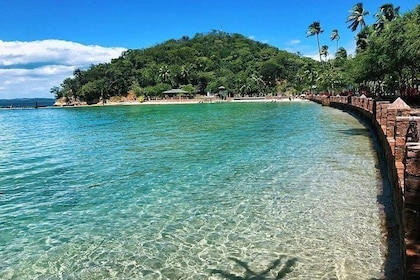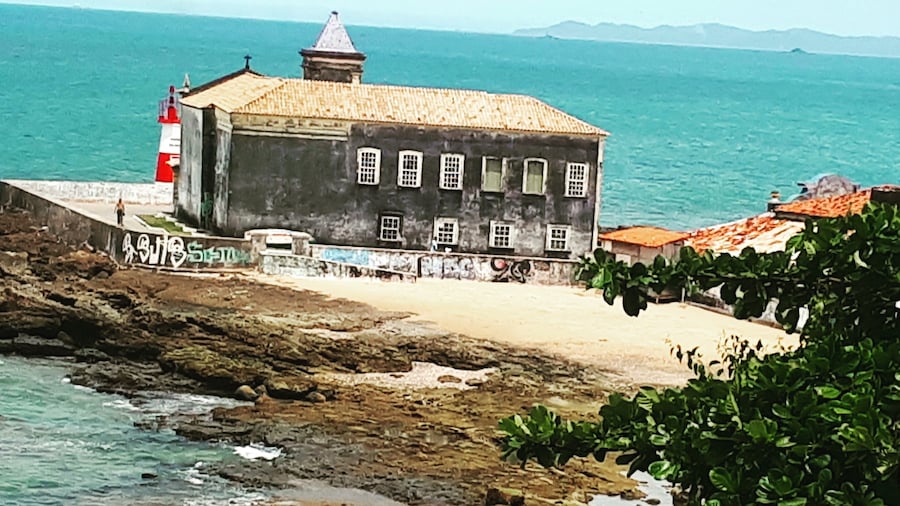Discover curious Brazilian traditions and experience colourful religious celebrations at this famous church set on a hilltop in the Bonfim neighbourhood.
Join pilgrims and devotees that flock to the Church of Nosso Senhor do Bonfim (Igreja de Nosso Senhor do Bonfim). Established in the mid-1700s, this ancient church serves as an important link between Brazil’s Catholic community and Afro-Brazilian Candomblé heritage. Visit the Church of Nosso Senhor do Bonfim to learn about its miraculous icon and to witness the flamboyance of an annual festivity.
The church acquired its miracle-working folklore from the image of a crucified Jesus Christ brought by a Portuguese sailor after he survived a treacherous storm. Today, followers of the legend congregate at all hours to pray, lay offerings and give thanks for divine interventions. Go inside to the church’s Room of Miracles to see a collection of donations. Most fascinating are the replica body parts made from gold, metals and plastic, which hang from the ceiling and represent the recovery from illnesses.
Outside, pilgrims, tourists and street vendors mingle and create a hive of activity. Spend a moment admiring the simple rococo design and Portuguese tiles of the church’s façade. Note a fence decorated with brightly colored ribbons (or wristbands), called fitas. Purchase a fita from one of the vendors and either tie it to the fence for good luck or wear it around your wrist.
Come in January for the Feast of Bonfim, a 10-day festival with dancing, parades and food stands that can draw over a million attendees. It begins with a 5-mile (8-kilometer) procession from the Nossa Senhora de Conceição da Praia Church with Bahians dressed in white. The major highlight is the Lavagem do Bonfim (Washing of the Steps), a ritual first carried out by slaves in the 18th century.
Situated in the Bonfim neighborhood, the church is a 20-minute drive from Salvador’s Historic Center. Public buses bound for Bonfim depart regularly from the centrally located Praça da Sé.
The Church of Nosso Senhor do Bonfim is open daily and admission is free.








































